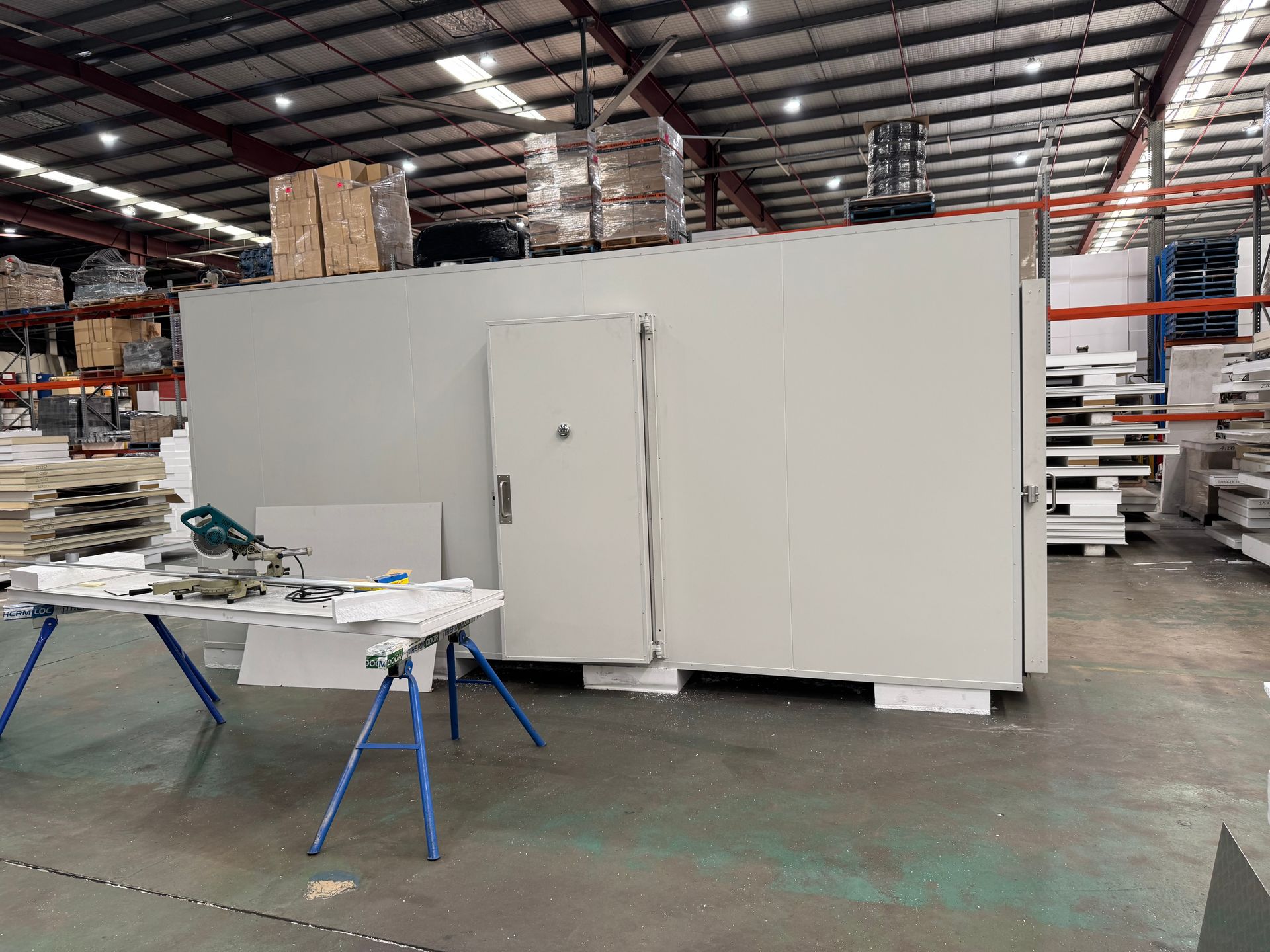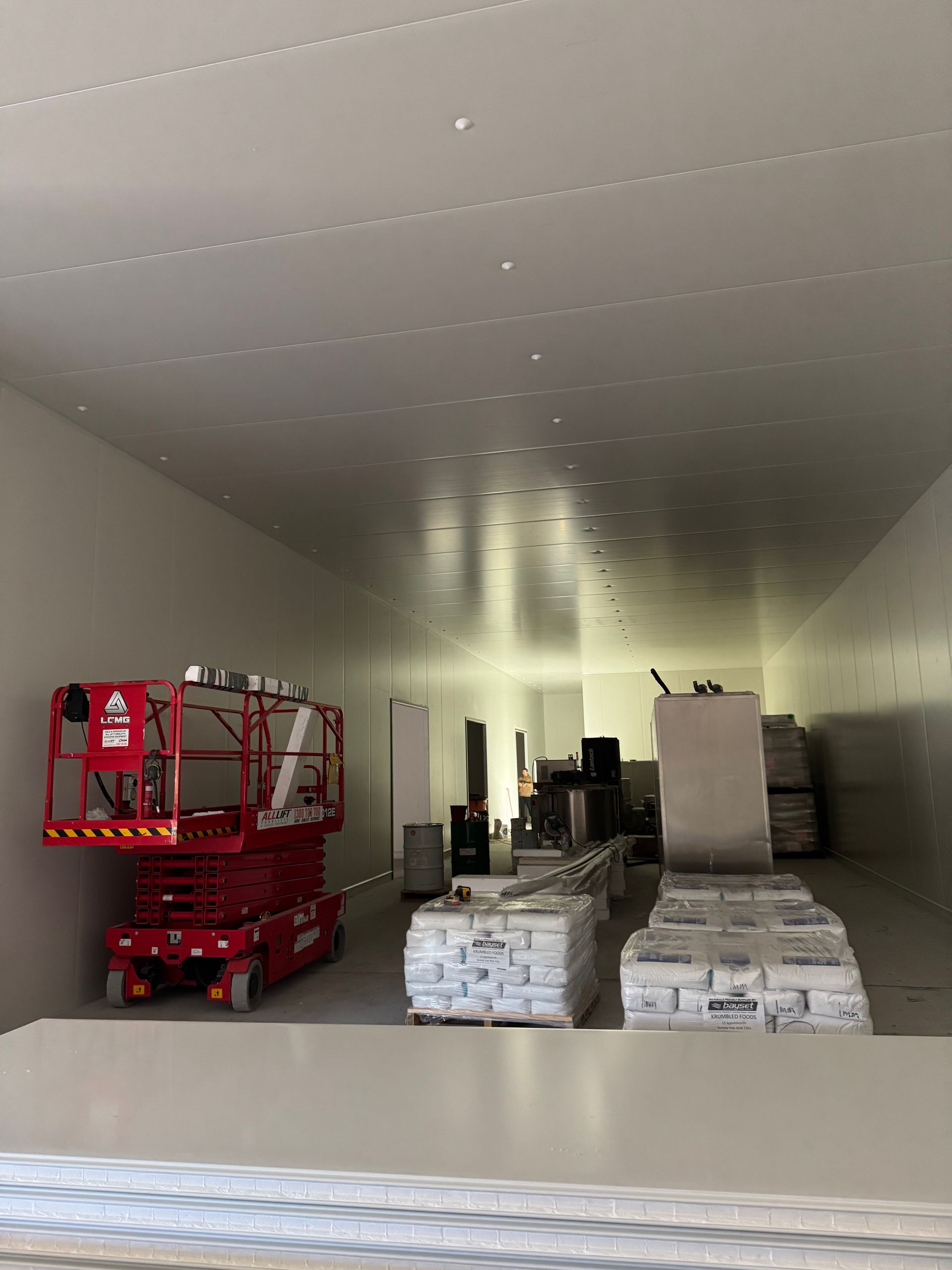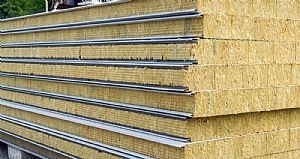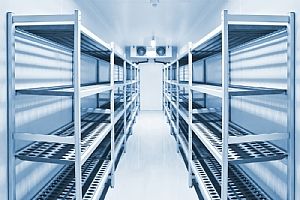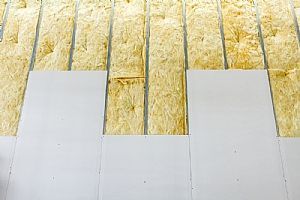Understanding Insulated Panels
Understanding Insulated Panels
December 18, 2017
You might know that insulated panels protect and insulate goods for a variety of businesses. However, not many people have a clear idea of how they work. Let’s explore how these panels work and why they play an important role in keeping your facility cool.
Insulated Panel Basics
An insulated panel (Such as Therm-Loc) is typically comprised of an insulated foam core, covered on both sides by a steel skin, joined using an adhesive. The steel component provides its strength, ensuring that the insulation is sealed and secured.
The foam core provides thermal resistance against heat from transferring through the panel, which is why refrigerated facilities using insulated panel can keep goods cold.
Insulated panels are connected to each other using a male and female “tongue and groove” joints which are crafted on either side of the panel. These are then sealed with mastic to ensure that movement of moisture from either side of the panel is restricted.
Example of panels coming together
Manufacturers of insulated panels utilise two main cores dependant on customer requirements, EPS-FR (Expanded Polystyrene - Fire Retardant) or PIR (Polyisocyanurate – Fire Resistant).
EPS-FR Insulated Panels & PIR Insulated Panels
EPS-FR or Expanded Polystyrene is a lightweight, bead based core that is mainly white in colour and in some cases (Such as Therm-Loc) has a Fire Retardant to help slow and stop the spread of flame.
PIR or Polyisocyanurate is a Fire Resistant, foam based core, meaning it can withstand fire and heat to a given temperature. It is generally yellow in colour and offers a higher thermal performance and thinner profile when compared to EPS-FR.
Insulated Doors
A critical part of any thermally controlled environment is its doors, which are more complex in insulation terms. They must provide insulation and seal properly to ensure temperature control is maintained, as they are the access point to cold stores. Doors can vary in nature and size depending on the way they must open, which handles are needed and the guidance system the door uses. Insulated Doors may be very similar to ordinary refrigerator doors or be far more complex, and this all depends on the type of seals that are required externally and internally.
Designed to Your Needs
Modern cold storage and temperature controlled environments can be very complex. For example, a single cold storage area may contain multiple temperature controlled environments, operating at different temperatures dependant on the requirements of the goods stored.
This means you can have a simple or complex cold store designed from scratch, catering for all your different needs, such as varying temperatures, size, door types and access.
A typical design may include:
- Chiller Rooms
- Cool Rooms
- Freezer Rooms
- Anti-Rooms
- Production Rooms
- Loading Docks
Talk to Thermal Panel Solutions for Insulated Panel Needs
Thermal Panel Solutions is the company to consult for insulated panel solutions. We’re here to deliver solution focused products and expert guidance you need to achieve success, however you choose to measure it. Call us on
02 9132 4211 or
contact us online.

